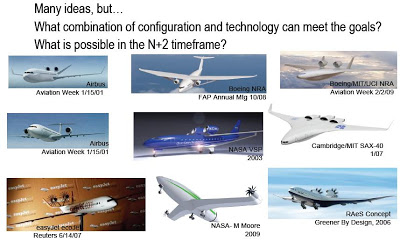Technology Roundup – Quantum computer Algorithm
1. MIT Technology Review: Seth Lloyd describes the utility of the new quantum computing algorithm for linear equations. MIT researchers, however, have developed a new algorithm that could solve systems of linear equations with exponential speed–improving video processing, weather modeling, and population analysis, among other applications. For even the easiest trillion-variable problems, “a supercomputer’s going …








